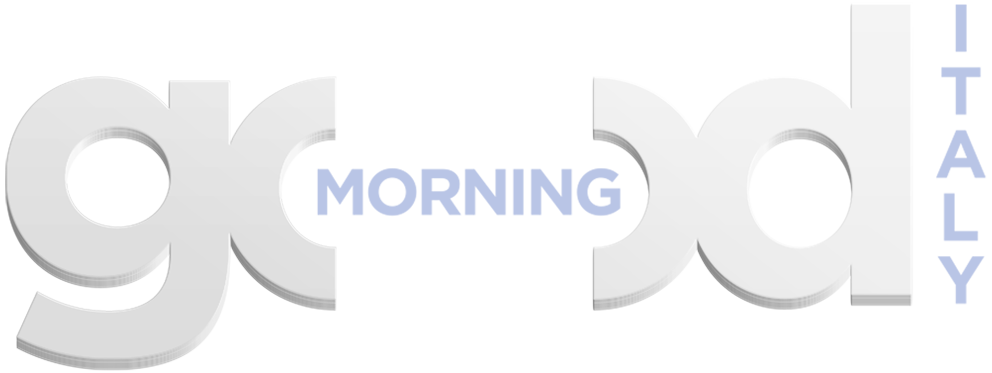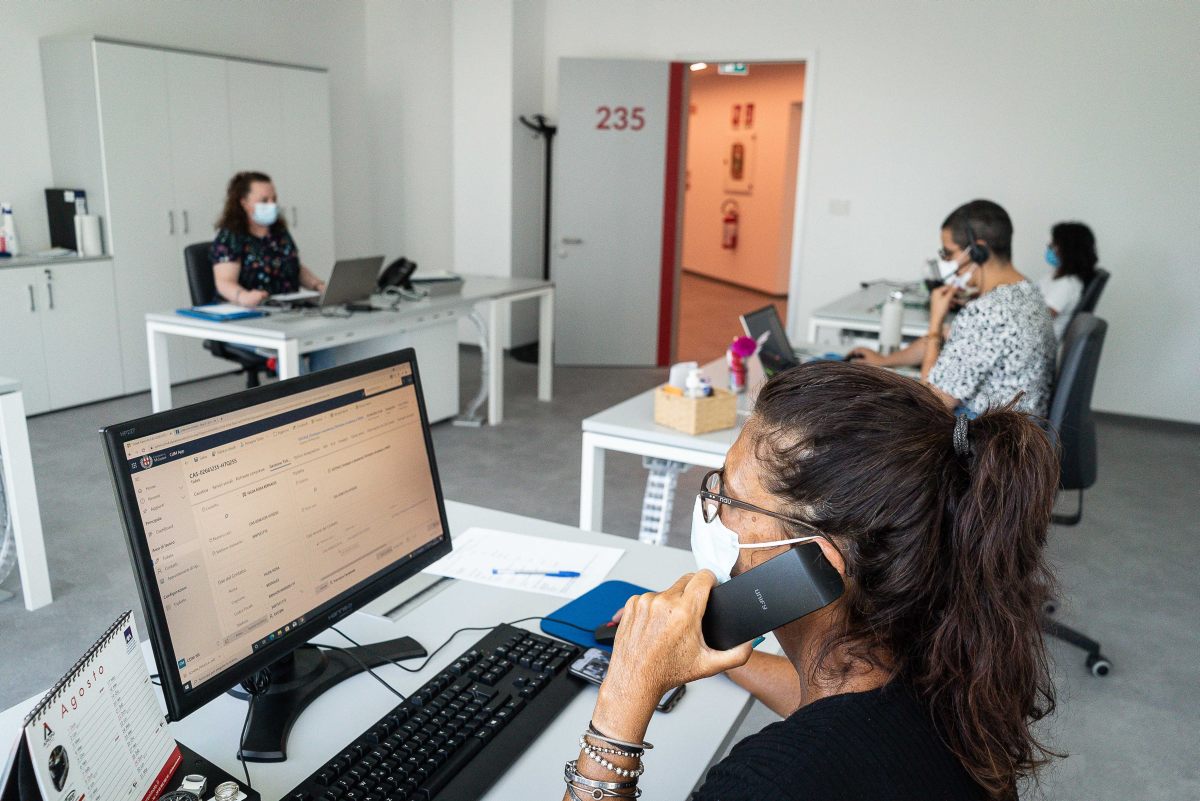ROME (ITALPRESS) – After the +0.2% recorded by Italy’s GDP in Q2 2024 (+0.3% in Q1), with exports losing share, indications for Q3 are of lower growth in services and a softening in the decline of industry. Inflation slows in the Eurozone and finally households and businesses will be helped by the rate cut, which stimulates consumption and investment. However, gas prices in Europe are rising again. This is according to Confindustria’s Conjuntura Flash report.The ECB, which had cut in June (by -0.25 percent), decided on a second rate cut (again -0.25 percent) on September 12. Markets expect a first FED move on the 18th, also limited (-0.25%), but followed by more cuts by year-end. In the Eurozone, sovereign rates have also taken a downward path: BTPs at 3.58%, from 3.92% in June, Bunds at 2.22% from 2.49%.In the Eurozone, inflation fell to +2.2% in August (+2.6% in July), close to the ECB threshold, although net of energy and food it is at +2.8%. Italy remains the lowest inflation country: +1.1% (core at +2.1%), compared to +2.0% in Germany, +2.2% in France, +2.4% in Spain. In the U.S., the latest data are also favorable: +2.9% in July (up from +3.5% in March), but core still high (+3.2%).After a jump in August (+17.2%), gas prices in Europe remained at 36 euros/mwh in September, from a low of 27 in March. Oil prices, on the other hand, fall, to $74 per barrel, from a high of $90 in April. Both prices are higher than 2019 levels. More expensive gas will raise electricity prices for households and businesses, acting negatively on inflation.Services had grown in Q2 (+0.4 percent value added), driven by tourism (+2.7 percent year-on-year in June spending by foreigners). In July, RTT (CSC-TeamSystem) indicates a recovery in turnover after June’s decline. However, in August, PMI fell again and now indicates more tenuous growth (51.4 from 51.7) and only partly recovers business confidence after months of decline.Industrial production, after two months of recovery, fell -0.9% in July, leading to a negative gain in the 3rd as well (-0.4%, from -0.9% in the 2nd). The outlook is less weak: RTT reports a rebound in industrial turnover in July, in August the HCOB PMI almost recovered the stability threshold (49.4, from 47.4), but business confidence lost further ground.Consumption adagio. Household spending in the 2nd (+0.2%) continued the slow positive momentum.Modest outlook: real income is supported by price restraint, moderate wage growth and rising employment, the propensity to save has recovered to historic values, the cost of credit is declining, but household confidence declined in August after three increases.Still positive investment dynamics. In Q2 they grew by +0.3% (from +0.4% in Q1). Good dynamics in plant and machinery (+1.1%), driven by transport equipment (+1.7%). Those in construction, on the other hand, remained stationary: the drop in housing (-1.1%), due to the disappearance of the Superbonus, was offset by the increase in nonresidential buildings (+1.8%), supported by the NRP.The good performance of the Italian labor market continues: employment is still up (in July +56 thousand, +260 thousand over January) and unemployment is down (-107 thousand people seeking employment; at 6.5% the rate, the lowest since March 2008). However, since early 2024 the inactive have stopped declining and the labor force has stopped expanding, with the risk that employment growth may be limited in the near future on the labor supply side.Italian exports declined in Q2 (-1.8% goods, -0.3% services; in volume), though at levels well above pre-Covid (+7.1% goods, +18.4% services). The decline is spread across EU (-2.1%) and non-EU (-0.8%) markets; down especially sales in Germany and major Asian countries. Data on foreign manufacturing orders (Istat and PMI) also give negative indications for the summer months: weak European demand weighs. World trade in goods, on the other hand, rebounded in the 2nd, supported by Chinese trade; however, the PMI on global manufacturing orders returned to recessionary territory in the summer.In the 2nd quarter, euro area GDP grew by +0.2% (+0.3% in the 1st) due to the contribution of government spending, but mainly due to net foreign demand (+0.5%), which offset the decline in investment (-0.5%), while household spending fell slightly. The area is driven by Spain (+0.8%), Italy and France hold (+0.2%), while Germany is in the negative (-0.1%).In China, exports accelerated more than expected (+8.7% annually in August): companies may have adopted strategies to anticipate the intensification of tariff barriers. On the other hand, imports remain stagnant (+0.5%): in addition to the competitiveness of local firms, this is explained by weak domestic demand. Retail sales grew in July (+2.7 percent annually), a result, however, inflated by a positive “base effect” compared to last year, which was weak compared to pre-Covid levels.
– Photo Agency Photogram –
(ITALPRESS).

